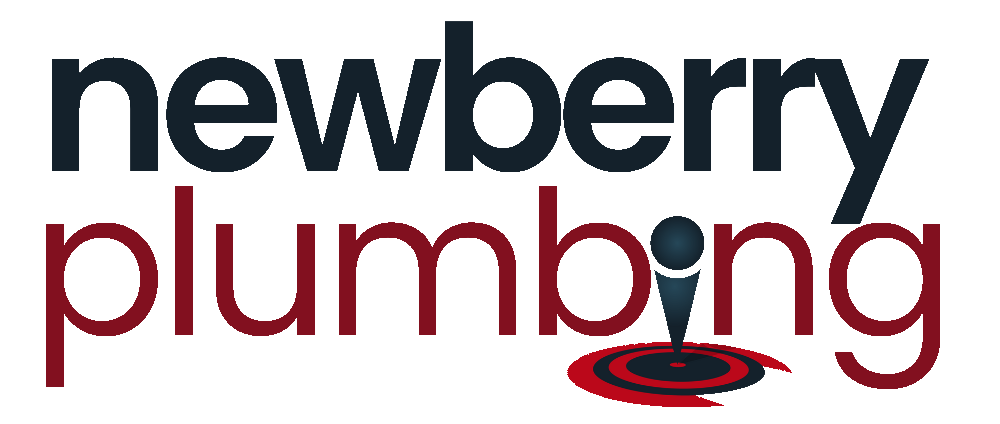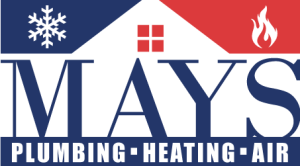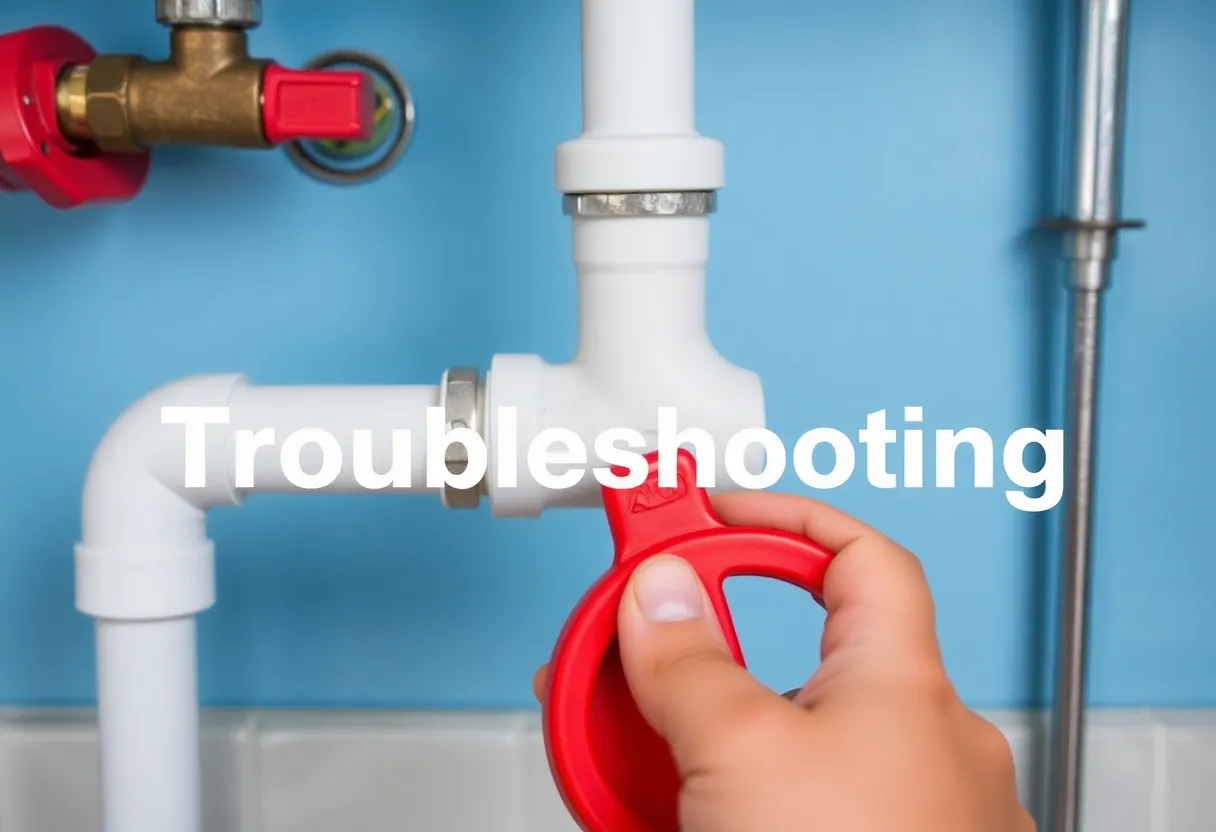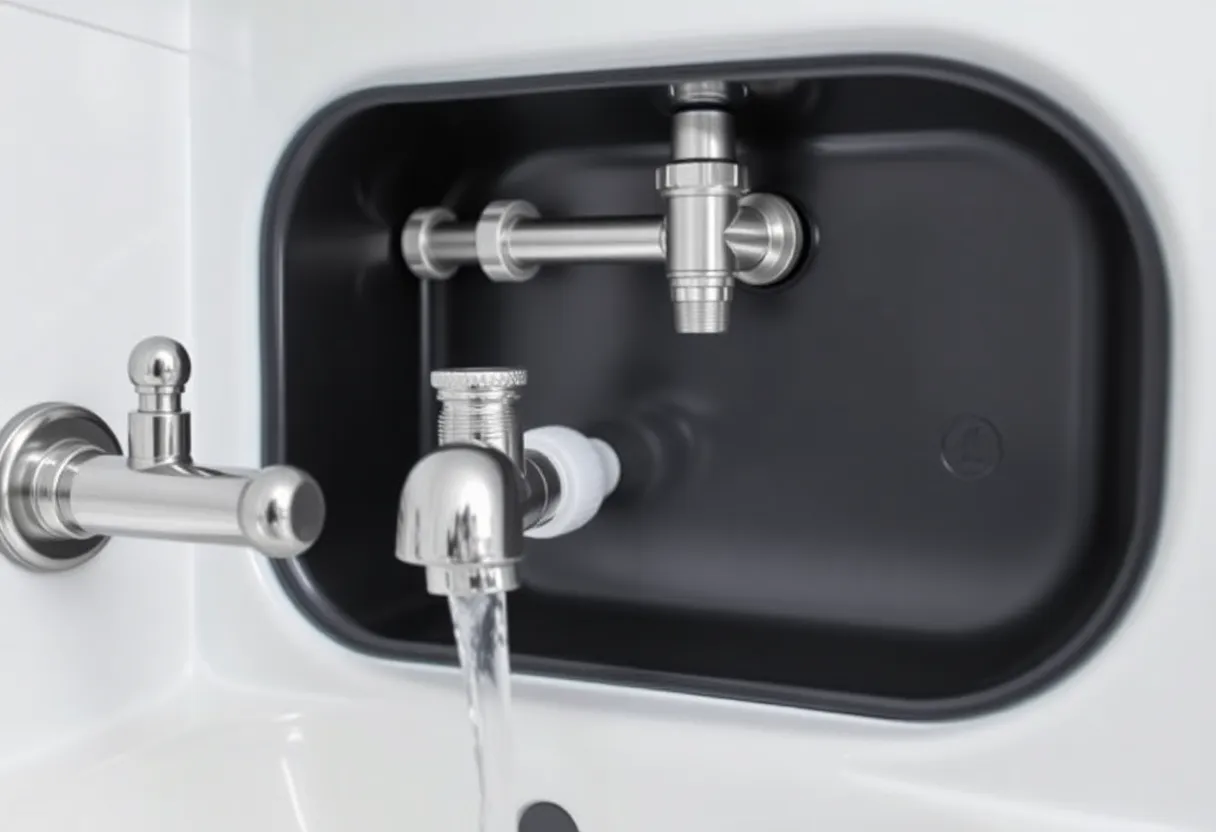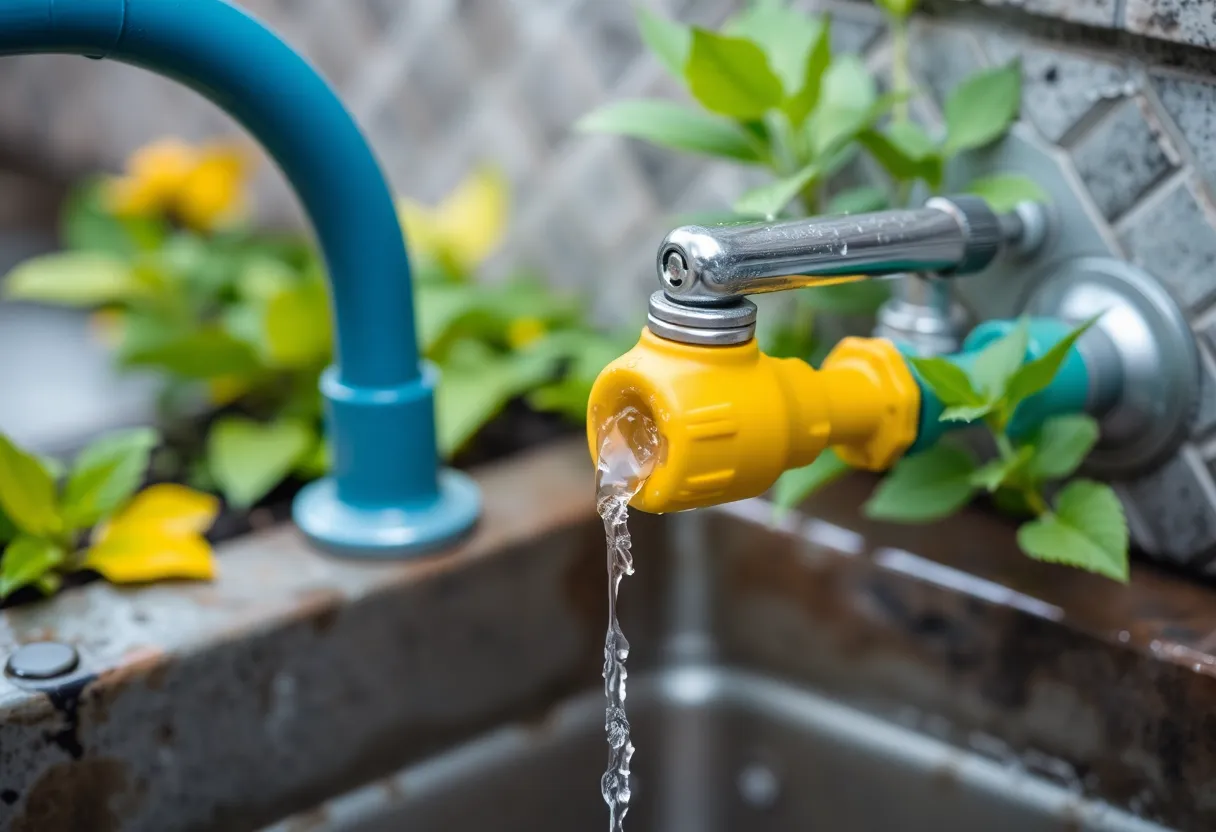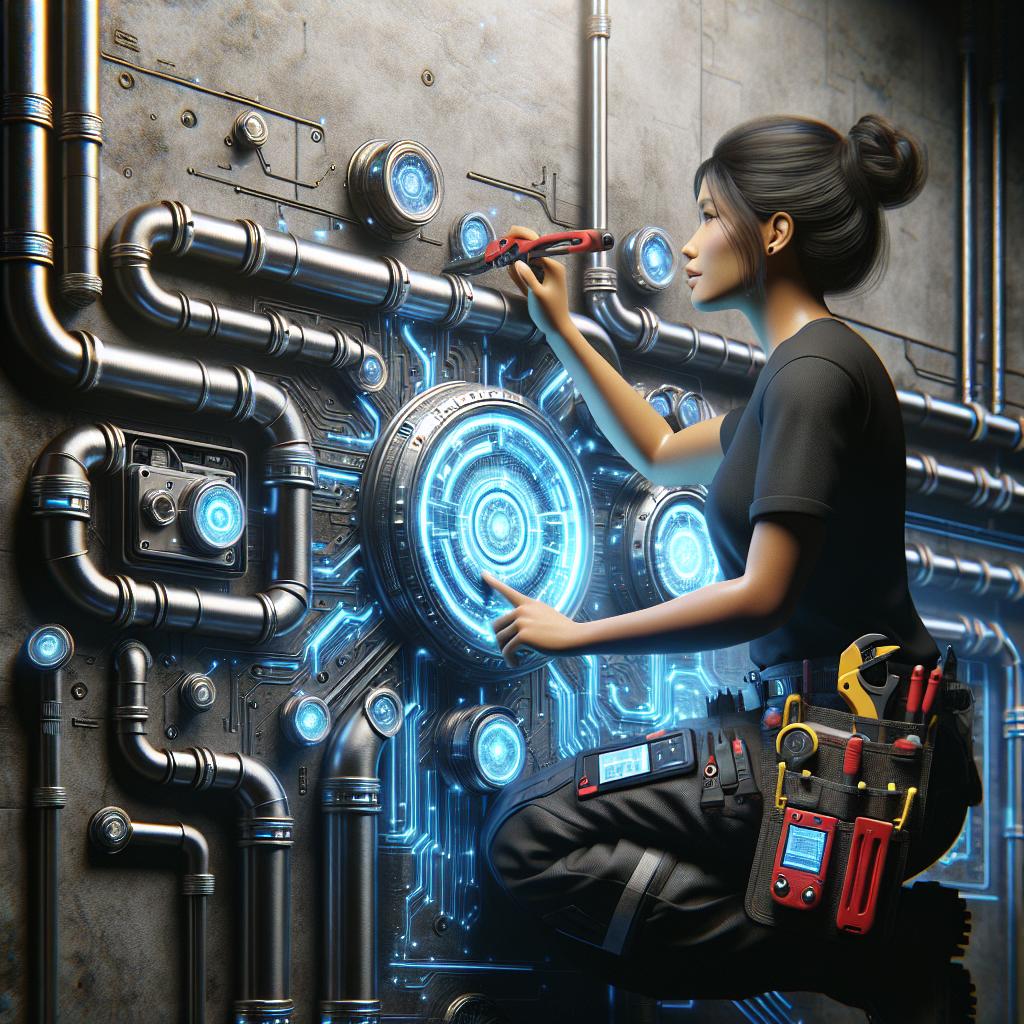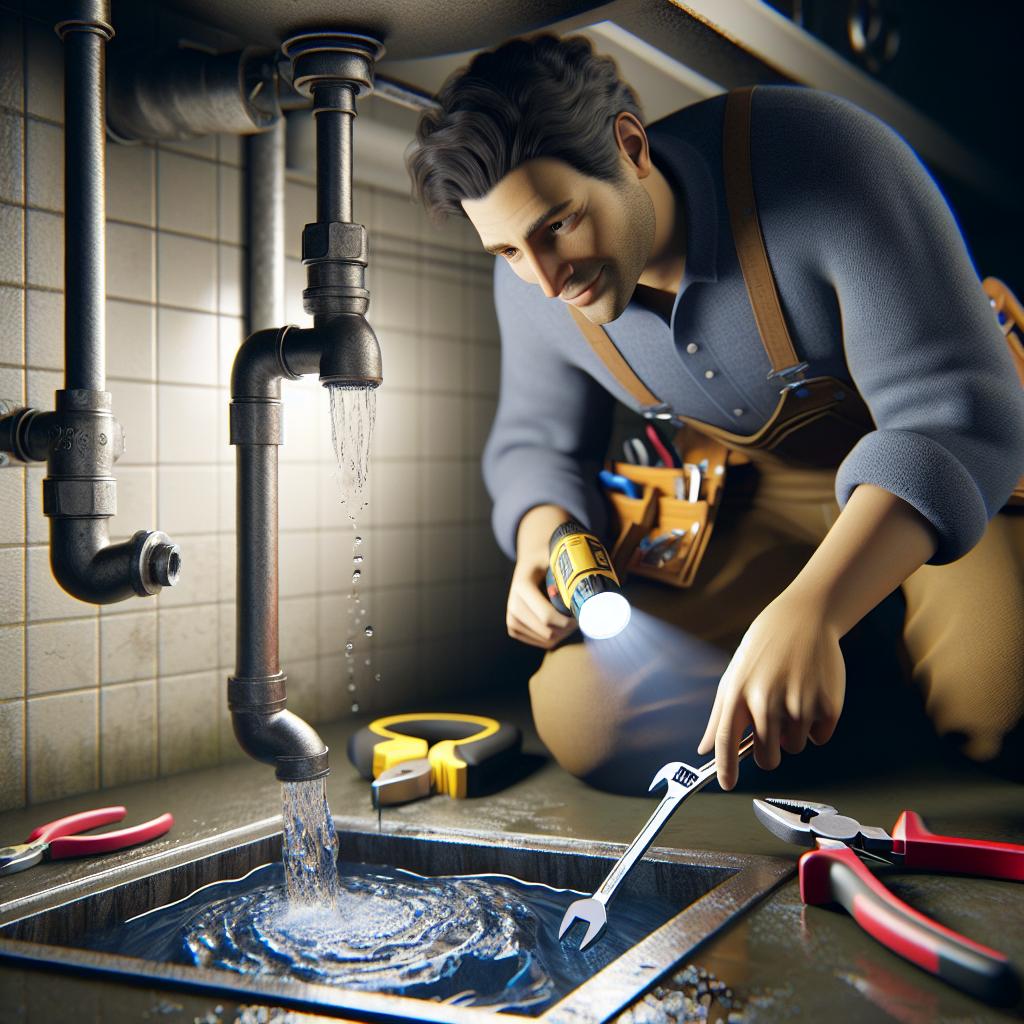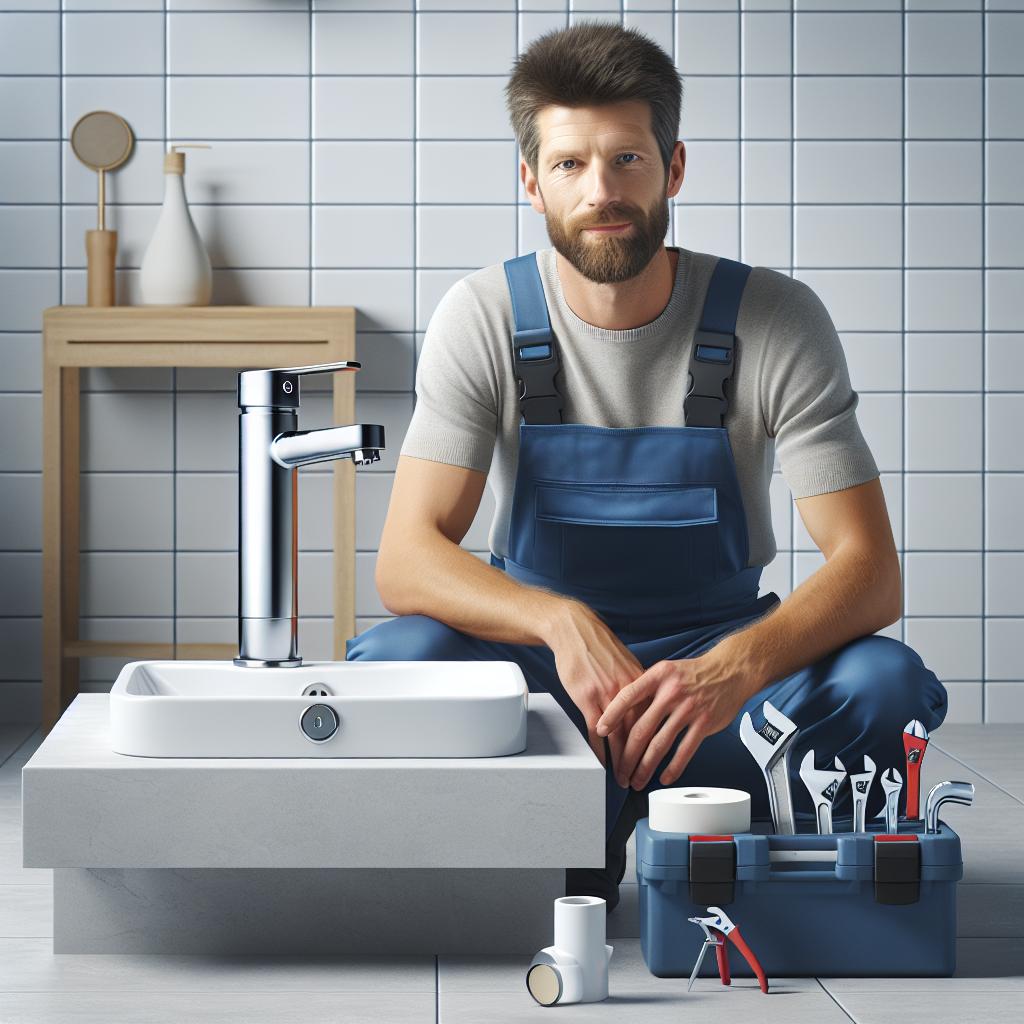The Bathroom Breakdown: 10 Common Plumbing Issues That Could Be Skipping Your Attention
The bathroom is an essential part of our daily routines, often functioning as a sanctuary for both relaxation and cleanliness. However, it can also be a source of frustration when plumbing issues arise. Many homeowners overlook _common plumbing problems_ that could be affecting their bathrooms. In this article, we will explore ten of these issues, how to identify them, and what steps you can take to rectify the situation.
1. Dripping Faucets
One of the most prevalent plumbing issues in bathrooms is a _dripping faucet_. The sound of dripping water can be irritating and may lead to higher water bills. But what causes this?
Causes of Dripping Faucets
Dripping faucets typically result from:
- Worn-out washers
- Corroded valve seats
- Loose O-rings
- Improper installation
How to Fix It
To resolve this issue:
- Turn off the water supply.
- Disassemble the faucet to identify the cause.
- Replace worn components as necessary.
- Reassemble the faucet and turn the water back on.
2. Slow Draining Sink
If your bathroom sink takes an eternity to drain, it might be more than just a mild inconvenience. A _slow-draining sink_ can indicate a blockage that requires attention.
Signs of a Slow Drain
Look out for:
- Water pooling in the sink
- Unpleasant odors coming from the drain
- Gurgling noises when the sink is used
Effective Remedies
To unclog a slow-draining sink:
- Use a plunger to dislodge the blockage.
- If that fails, try a plumbing snake.
- Consider using a chemical drain cleaner with caution.
3. Running Toilet
A _running toilet_ can be more than just an annoyance; it can waste a significant amount of water. The cause is often hidden within the tank.
Identifying the Problem
Common culprits for a running toilet include:
- Faulty flapper valve
- Broken fill valve
- Chain entanglement
Fixing a Running Toilet
To stop your toilet from running:
- Remove the toilet tank lid and check the flapper.
- Ensure the chain is not tangled.
- Replace or repair any faulty components.
4. Low Water Pressure
If your shower feels more like a gentle sprinkle rather than a refreshing cascade, you may be dealing with _low water pressure_.
Potential Causes
Low water pressure can be caused by:
- Clogged aerators or showerheads
- Faulty pressure regulators
- Leaking pipes in the walls
What to Do
To address low water pressure:
- Check and clean the showerhead or faucet aerator.
- Inspect the pressure regulator if available.
- Look for visible leaks in exposed pipes.
5. Pipe Leaks
One plumbing issue that demands immediate attention is _pipe leaks_. A small leak can ultimately lead to major expenses if left untreated.
Signs of Pipe Leaks
Watch for:
- Water stains on walls or ceilings
- Mold growth
- Unexplained spikes in water bills
Addressing Pipe Leaks
If you suspect a leak:
- Shut off the water supply to the affected area.
- Use pipe sealant or a pipe repair clamp for small leaks.
- Consult a professional plumber for larger issues.
6. Clogged Toilets
No one wants to deal with a _clogged toilet_. It’s unpleasant and can lead to more significant plumbing problems if not addressed promptly.
Indicators of a Clog
Signs that your toilet is clogged include:
- Water rising unusually high in the bowl
- Persistent gurgling after flushing
How to Unclog a Toilet
To tackle a clog:
- Use a plunger to create suction.
- If necessary, follow up with a toilet auger.
- Avoid flushing anything beyond human waste and toilet paper to prevent future clogs.
7. Faulty Shower Diverter
A _faulty shower diverter_ can render your shower useless, leaving you with only a bathtub faucet. This is a common issue in many bathrooms.
How to Recognize Diverter Issues
Signs of a malfunctioning diverter include:
- Inconsistent water flow between the tub and shower
- Water not fully switching to the showerhead
Solving Diverter Problems
If your diverter is causing issues:
- Inspect and clean it to remove any hair or debris.
- If necessary, replace the diverter valve.
8. Water Heater Problems
If you find yourself in need of a quick shower, only to be greeted by ice-cold water, then your _water heater_ might be the issue.
Common Water Heater Issues
Issues can arise from:
- Thermostat malfunctions
- Leaking tanks
- Corroded pipes
What to Check and Do
To maintain your water heater:
- Regularly inspect for leaks and rust.
- Check the thermostat settings.
- Consider flushing the tank annually to remove sediment build-up.
9. Bathroom Ventilation Problems
Inadequate ventilation can lead to moisture build-up and _mold growth_, creating an unhealthy bathroom environment.
Identifying Ventilation Issues
Signs of poor ventilation may include:
- Damp walls and ceilings
- Mold spots
- Condensation on mirrors
Improving Ventilation
To enhance ventilation:
- Install or repair exhaust fans.
- Open windows where possible to promote airflow.
- Use dehumidifiers to reduce moisture in the space.
10. Worn Shower Caulk
Finally, don’t overlook the _shower caulk_. Over time, it can begin to crumble and lose its effectiveness, allowing moisture to seep in.
Signs of Worn Caulk
Look for:
- Discoloration or mold growth in caulk
- Cracks or gaps in the seal
Maintaining Caulk Effectively
To maintain shower caulk:
- Remove old, damaged caulk using a utility knife.
- Clean the area properly before applying new caulk.
- Apply a fresh layer of caulk, ensuring a tight seal.
Conclusion
Being proactive about bathroom plumbing issues can save homeowners time, money, and headaches. Regular maintenance, immediate attention to minor issues, and fundamental knowledge of common problems can enhance the functionality and longevity of your bathroom’s plumbing system.
By keeping an _eye out for these ten common plumbing issues_, you can ensure that your bathroom remains a place of comfort and efficiency. When in doubt, always consult with a professional plumber to manage significant repairs and ensure the health of your plumbing system.
